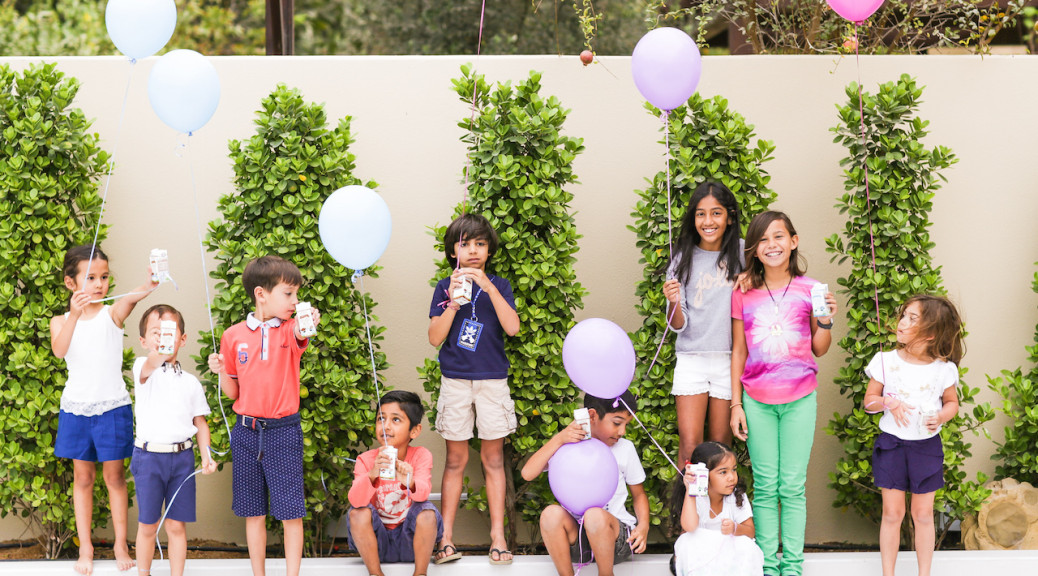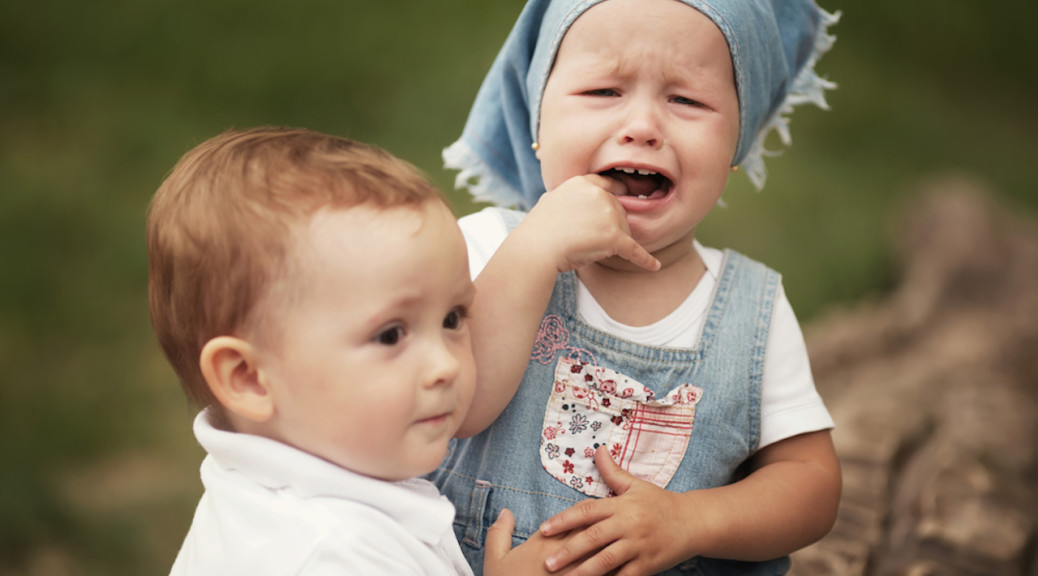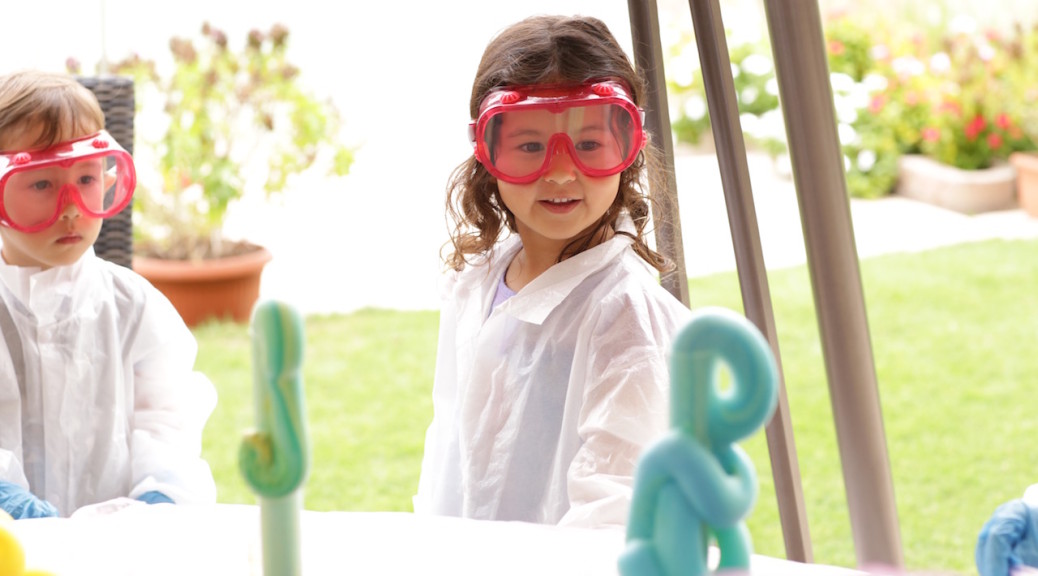Offer: Seashellsonthepalm readers can receive a discount of 15% on a one-time purchase of AED500 or less and deliveries within the UAE are free. Offer is valid for 30 days. Quote: SEA15p
Seashellsonthepalm has had a long working relationship with Koita because as a family we believe that Koita is trying to do something good. It is an organically grown Dubai business although the key component to their successful enterprise, the cows, live in Italy, a country with decades if not hundreds of years of experience in dairy farming. I have always felt it important to educate families about certain choices, and to get the right information out there.
Milk is one of the heaviest and bulkiest items on my grocery shopping list. With a family of 6, I will buy on average between 4 – 6 1L packs a week. The milk is usually used for cereal, teas, cappuccinos, mash potato, pancakes etc. Koita now delivers a wide range of milk making it easier for the weekly grocery shopping in terms of volume and weight. The new online service will deliver cases of 12x 1L or 24x 200 ml from Lactose Free (non-organic), Skim Milk (organic) to Full Fat Milk(organic), as well as providing non-dairy solutions like Non-GMO Soy Milk (non-ogranic). For more information about their free delivery service check out the link. Koita Delivers.
Organic – what does it mean?
Organic milk means no added hormones, antibiotics, pesticides or preservatives. This means a lot to me as a mum to know my children are not being exposed to unnecessary toxins in their developing bodies. I know it is always not possible to control what my children eat but I have an 80/20 approach to it all, and if I can remove certain chemicals from their daily intake I will certainly try. Koita cows live in northern Italy and are fed on grass grown in volcanic soil. The Koita Organic Milk range includes full fat, low fat, skim milk and for the occasional treat chocolate milk. We usually buy the low fat or skim milk which are family favourites. The organic chocolate milk we might keep in the fridge for the occasional ‘treat day’ – it makes a quick hot chocolate on a chilly Dubai day or you can freeze them in lolly containers to turn them into organic chocolate ice-creams on a warm summer’s day.
Lactose Free – New launch
Due to popular demand because of a high number of lactose intolerant people from the Middle East, Koita has now created the first lactose free milk in the market that is free from added hormones, antibiotics, pesticides and preservatives, which is still produced in Italy. The milk is created by adding a natural enzyme lactase to the milk to break down the lactose milk sugar into more easily digestible sugars, enabling people who are lactose-intolerant the ability take milk into their diet. The Lactose Free milk is not organic but remains free of unnecessary chemicals and toxins, but cannot be declared organic only due to the feed of the cows.
Non-Dairy Soy Milk – New launch
Soy lattes and cappacinnos have always been popular, and for those who prefer not to have dairy in their diet can use the Koita Soy Milk which is an ideal substitute. The milk is not organic but the soy has been created from non-GMO soy. Non-GMO means non-genetically modified organisms that have been created in a laboratory using genetic modifications/engineering techniques. Scientists, and many other groups including consumer groups have cited many health and environmental risks to consume foods containing GMOs.
For more information or to make your first online delivery go to Koita.com
And don’t forget! Offer: Seashellsonthepalm readers can receive a discount of 15% on a one-time purchase of AED500 or less and deliveries within the UAE are free. Offer is valid for 30 days. Quote: SEA15p




